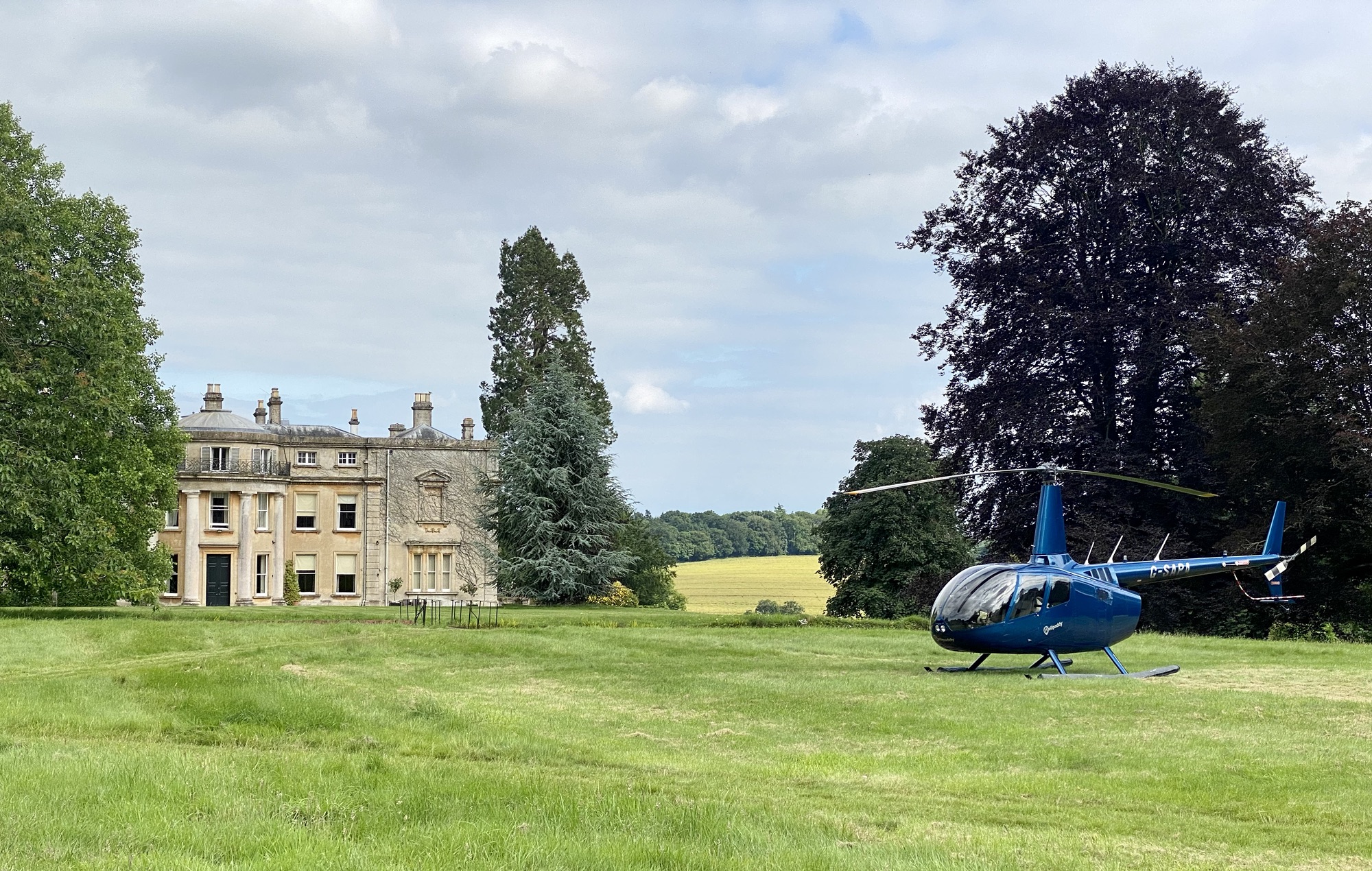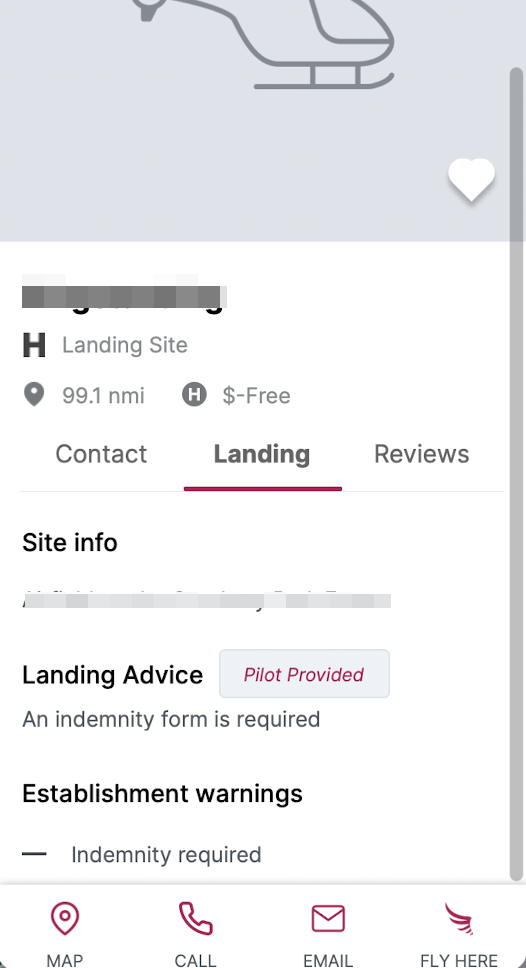Practical Guide: Requesting Helicopter Landing Indemnity

Understanding Indemnities for Helicopter Landings
When helicopter pilots seek permission to land on private property, such as hotels or other landowner sites, the request very occasionally comes with a demand for an indemnity. This requirement is intended to protect the landowner by ensuring that any potential damage caused by the helicopter or its operation is covered by the pilot’s insurance policy. However, the process and practical implications of indemnities reveal several complexities that can make this protection less reliable.
The Nature of Indemnities
An indemnity agreement generally involves the pilot adding the landowner as an additional insured party on their insurance policy. This means that any damage caused to the property by the helicopter would be covered under the pilot’s insurance. In theory, this gives the landowner peace of mind, knowing they are financially protected against any accidents or damages.
The Pitfalls of Indemnities
Despite their apparent benefits, indemnities can present several challenges:
- Validity of the Pilot’s Insurance: The validity of the indemnity is directly tied to the pilot’s compliance with all terms and conditions of their insurance policy. For instance, if a pilot’s medical certificate is expired by even a few days, the insurance policy—and consequently, the indemnity—could be rendered invalid. This leaves the landowner unprotected, despite the indemnity being in place.
- Verification Difficulties: Landowners typically lack the means to verify the current status of a pilot’s compliance with their insurance policy. Ensuring that the pilot’s medical certificates, licensing, and other prerequisites are up to date is a near-impossible task for the landowner. This uncertainty undermines the assurance that indemnities are supposed to provide.
A Better Approach: Duty of Care and Third-Party Liability Coverage
Rather than relying on indemnities, a more practical and robust solution for landowners involves two key elements: ensuring their duty of care and securing adequate third-party liability coverage.
- Compliance with Duty of Care: Landowners should ensure they have fulfilled their duty of care by creating a safe and suitable environment for helicopter operations. One effective way to achieve this is by completing the Helipaddy 360 Survey, which helps landowners assess and mitigate risks associated with helicopter landings on their property.
- Adequate Third-Party Liability Insurance: By maintaining sufficient third-party liability insurance, landowners can protect themselves against claims arising from helicopter operations. As long as the landowner is not negligent, any claims related to the helicopter would not be subrogated onto their policy. This means that the insurance coverage would handle the damages without impacting the landowner’s insurance policy.
How to Request an Indemnity from a Helicopter Pilot
If a helipad owner still insists on an indemnity before allowing a helicopter to land on their property, there are specific steps and information required to ensure the process is handled correctly and effectively. Below are the instructions and necessary details that the helipad owner should provide to the pilot:
Instructions for the Pilot

Request for Indemnity
Clearly state in Helipaddy Landing instructions that an indemnity is required as a condition for landing permission. Specify that the landowner needs to be added as an additional insured on the pilot’s insurance policy.
Insurance Details
Ask the pilot to contact their insurance provider to arrange for the landowner to be added as an additional insured. Request the indemnity signed by the insurer that specifically names the landowner and the property location as additional insureds.
Documentation
The pilot should provide a copy of the certificate of insurance, including the policy number, insurance provider’s contact details, and the effective dates of the policy The COI should explicitly mention coverage for damages caused by the helicopter while on the property.
Compliance Confirmation
Request confirmation from the pilot that all conditions of the insurance policy are currently met, including valid medical certificates, licensing, and any other required endorsements.
Coverage Confirmation
Specify the type and amount of coverage required, ensuring it is sufficient to cover potential damages to the property. Typical coverage amounts might include liability limits per incident and aggregate limits.
Crown Indemnity: note that the UK Ministry of Defence, for example, often requires a higher level of third party liability cover under their aircraft insurance than the normal minimum required by law, while your aircraft is in operation at a UK MOD airfield.
Information Needed from the Pilot
- Certificate of Insurance:
- The certificate should list the property owner as an additional insured.
- It should include details of the insurance policy, such as coverage limits and effective dates.
- Pilot’s Compliance Status:
- Proof that the pilot’s medical certificate and other necessary documents are up to date.
- Confirmation that all policy conditions are currently satisfied.
- Insurance Provider Contact:
- Contact information for the pilot’s insurance provider to verify the policy details if necessary.
Sample Communication to the Pilot
Dear [Pilot’s Name],
We are pleased to welcome you to [Landing Site]. As a condition for landing your helicopter on our property, we require that you provide an indemnity to ensure any potential damages are covered. Please follow the instructions below to arrange this indemnity:
- Insurance Update: Contact your insurance provider and request that [Landing Site] be added as an additional insured on your policy.
- Certificate of Insurance: Provide us with a certificate of insurance that names [Landing Site] and [Property Location] as additional insureds. This certificate should include:
- Policy number
- Insurance provider’s contact details
- Effective dates of the policy
- Coverage limits sufficient to cover potential damages
- Compliance Confirmation: Confirm that all conditions of your insurance policy are currently met, including valid medical certificates and necessary endorsements.
- Submit Documentation: Send the certificate of insurance and compliance confirmation to [Contact Email/Address] before your scheduled landing.
Please ensure these requirements are fulfilled to secure permission to land. If you have any questions, feel free to contact us using the details in Helipaddy.
Thank you.
By providing these clear instructions and necessary information, the helipad owner ensures that the indemnity process is handled efficiently and effectively, minimising risks associated with helicopter landings on their property.
Conclusion
While indemnities might seem like a straightforward solution for protecting landowners from potential helicopter-related damages, their effectiveness is often compromised by practical challenges such as the validity and verification of the pilot’s insurance policy. A more reliable approach involves landowners ensuring they have fulfilled their duty of care and maintaining adequate third-party liability insurance. By adopting these measures, landowners can achieve a more robust and dependable level of protection, avoiding the pitfalls associated with indemnities.
For landowners and pilots alike, understanding these nuances can lead to more informed and effective risk management practices, fostering safer and more secure helicopter operations across various properties.



One thought on “Practical Guide: Requesting Helicopter Landing Indemnity”